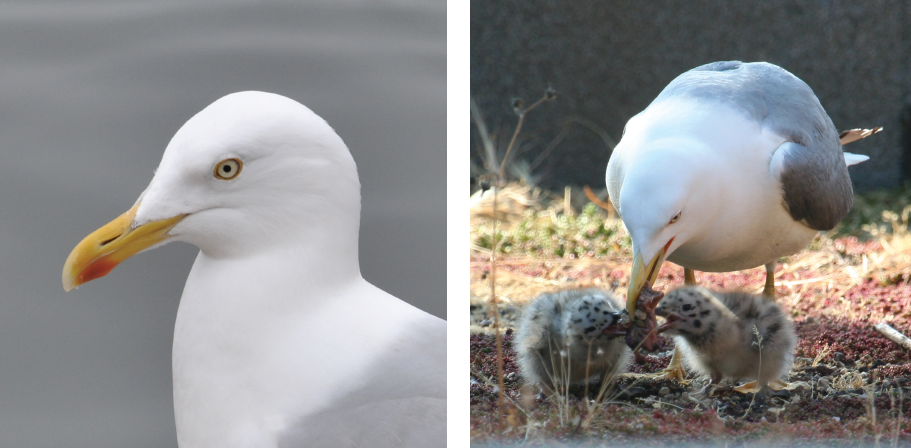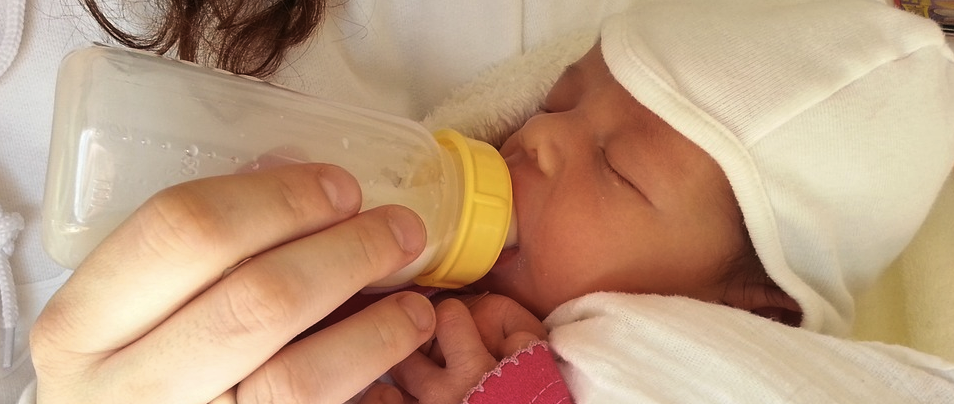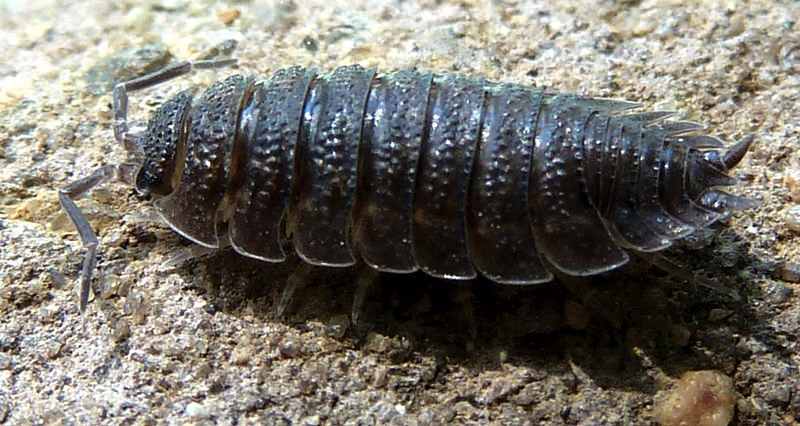PERILAKU BAWAAN (INNATE BEHAVIOR)
Natural behavior
Discover pre-programmed traits in the animal's genes, including reflexes and fixed patterns of action.
To start again
- An innate behavior is a behavior that is genetically embedded in an object and can be performed without any experience in response to it.
- Action Reflexes , such as the reflexes tested by doctors and the mother's finger snap reaction in infants, are very simple natural behaviors.
- Some substances respond to stimuli by natural kinesis , indirect changes in movement and taxis , directional changes in movement behavior .
- Fixed action patterns It includes actions caused by key activation . The model is finished when it is hidden.
- By stimulating an untrained animal, scientists can see whether the behavior is innate and whether the behavior is automatic.
Approach
If you see baby herring tending to their young, you may notice an interesting feeding pattern. A mother gull has a red spot on its beak. As the chick pokes the ground with its beak, it hits the spot several times.
This beat causes a reaction in the mother: she returns food to the chicks. Chief leader, 1, follower predecessor This may seem disgusting to us, but herring gulls are not birds, it's fun!
Touching the ground is a natural or genetically programmed behavior. Herring gulls touch the red dot on their parent's beak without any training. Indeed, a young herring chick can be fooled by a red-dotted yellow stick: it will strike the stick as eagerly as it strikes its mother's beak. Four square
This is an example of a genetically developed trait or trait in living organisms. With proper instruction, the entity performs the predetermined behavior without the need for prior experience or education. Natural behavior is very predictable, such as striking an object with a light and quick beak, as young herring gulls do, and it is usually done in the same way by all members of the species.
In this article I will try to cover examples of behaviors that are mostly or completely natural. But remember that most real world behaviors are innate behaviors and some behaviors are learned. For example, zebra finches are predisposed to learn song, but the song they learn depends on their early experience.
Responding
The simplest example of natural behavior is reflex action : a quick, indirect response to a stimulus or signal.
An example of a human reflex action is a sudden reaction. To test this reflex, doctors press the tendon under the kneecap with a rubber mallet. The touch activates the nearby nerve cells, causing the lower limbs to kick with impunity. This automatic reaction is based on a circuit of neurons between the knee and the spinal cord: this movement does not involve the brain at all!
Some responses are present in the human being, but as the child gets older, they are lost or become unconscious. For example, newborn babies inhale anything that touches the corner of their mouth. Cut off This reflex helps the baby to get food by bringing the mother to the mother or the bottle placed in the mouth.
Kinesis and taxis
Some organisms have an internal behavior that changes their behavior in response to a stimulus such as high temperature or a tasty food source.
In kinesis , a body changes its motion in a nondirectional manner, such as speeding up or slowing down, in response to a signal. For example, mealybugs move quickly in response to temperatures above or below their preferred range. Movement is random, but the faster the speed, the more likely the tree bug will escape from a bad environment.
Boots are a type of locomotor behavior that involves moving toward or away from a stimulus. This movement can be in response to light, known as phototaxis; Chemical signaling, known as chemotaxis; or gravity, known as geotaxis, between distances
Langganan:
Posting Komentar (Atom)




0 Response to "PERILAKU BAWAAN (INNATE BEHAVIOR)"
Posting Komentar